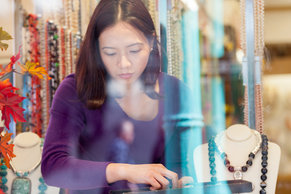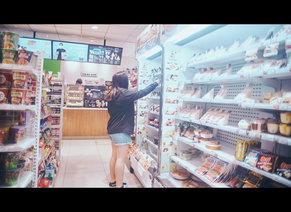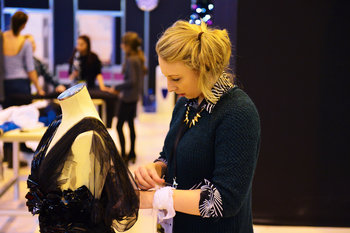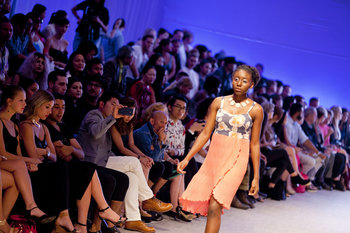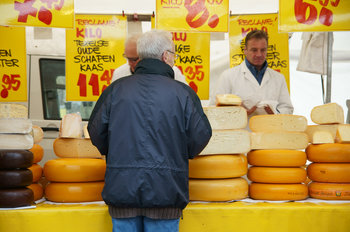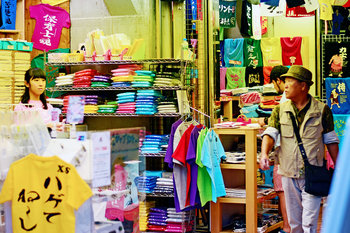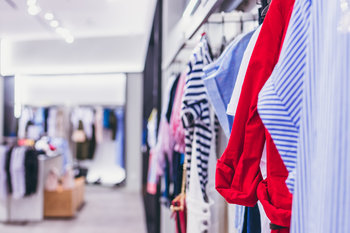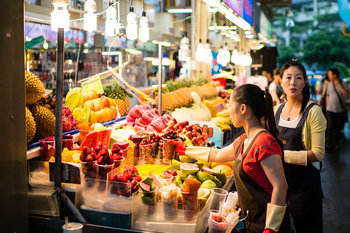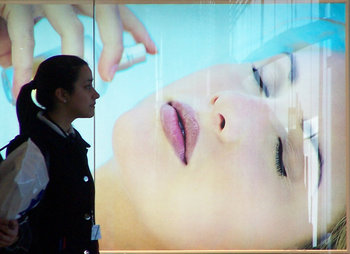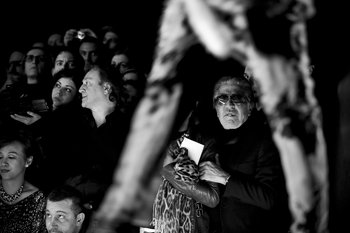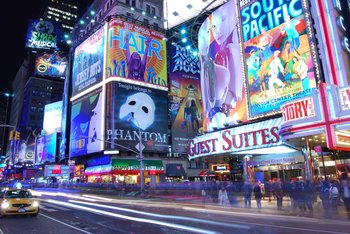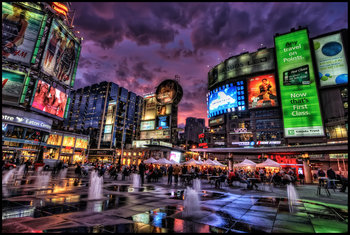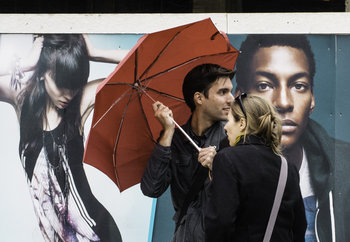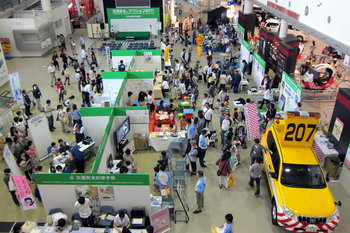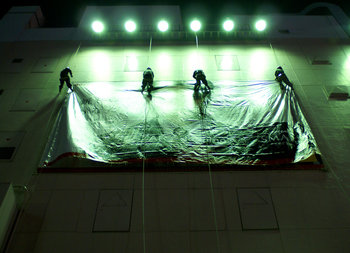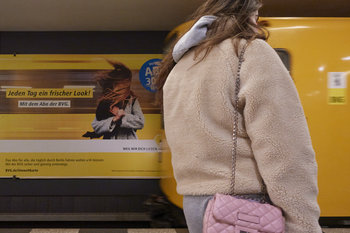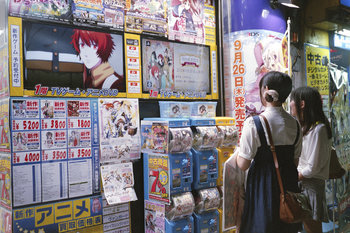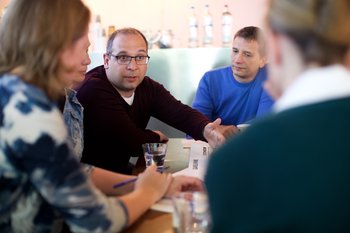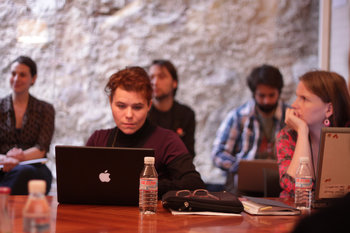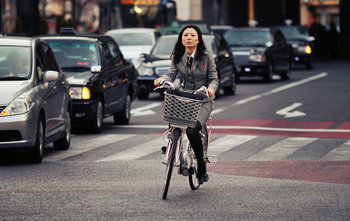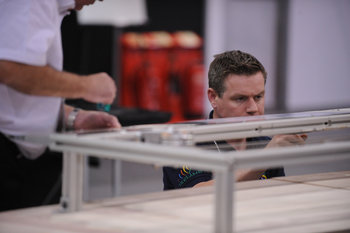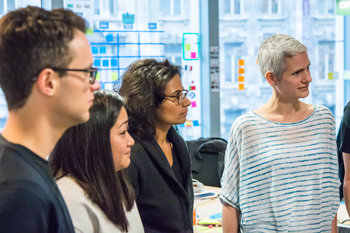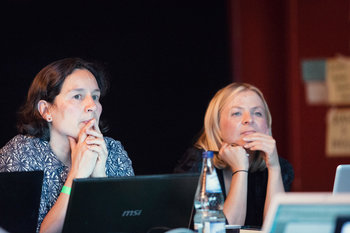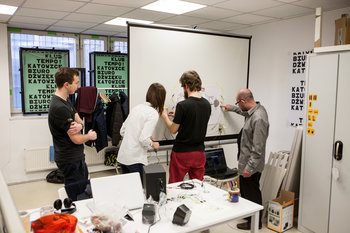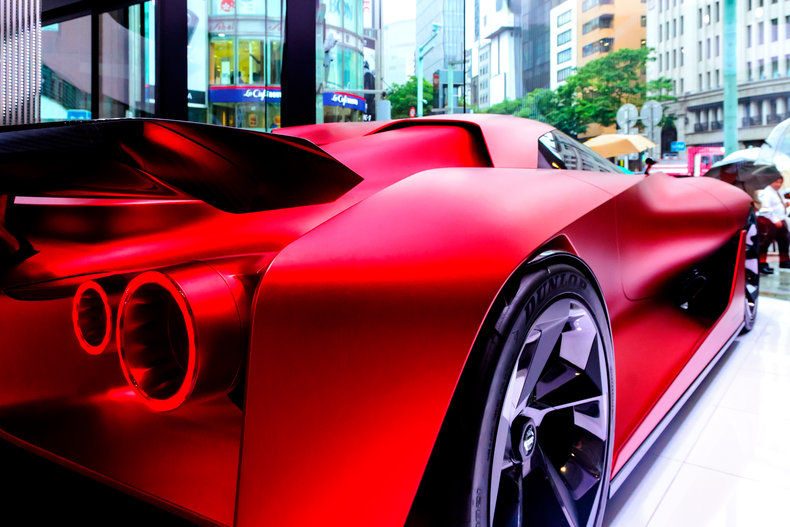
Public Relations
Using showrooms and flagship retail locations to develop relationships with the media and stakeholders such as investors, partners, employees and regulators.Bricks & Clicks
Using a physical location to drive ecommerce sales. For example, an app that allows customers to seamlessly integrate the in-store and online experience by adding things to an ecommerce cart in the store.Customer Service
Using stores as a customer service point that some customers may find more convenient than a phone number or self-service tool. For example, using stores to process ecommerce returns.Customer Advocates
Using knowledge acquired from customer interactions to drive change to your brand, products and services.Market Research
Using stores to understand customer needs, preferences, expectations and behavior. For example, taste tests that are designed to improve new products.Customer Experience
In-store experiences are a fundamental part of the customer journey that are an opportunity to establish a rich brand identity and culture. For example, a coffee shop with interesting and professional baristas as opposed to a mysterious process whereby coffee pops out.Customer Relationships
Developing customer relationships such as staff who know customers by name or in-store promotion of a loyalty program.Price Promotion
In-store coupons, sales and related communications such as signs.Promotion
Using in-store events, displays, samples, demonstrations, workshops, activities, display windows and interactive environments to communicate marketing messages and achieve objectives such as brand awareness and sales targets.Product Launch
Using in-store promotions to generate demand and brand awareness for new products.| Overview: In-Store Marketing | ||
Type | ||
Definition (1) | The use of retail locations and showrooms for marketing activities beyond sales and distribution. | |
Definition (2) | The use of retail locations and showrooms for public relations, promotion, market research and customer experience. | |
Related Concepts | ||

